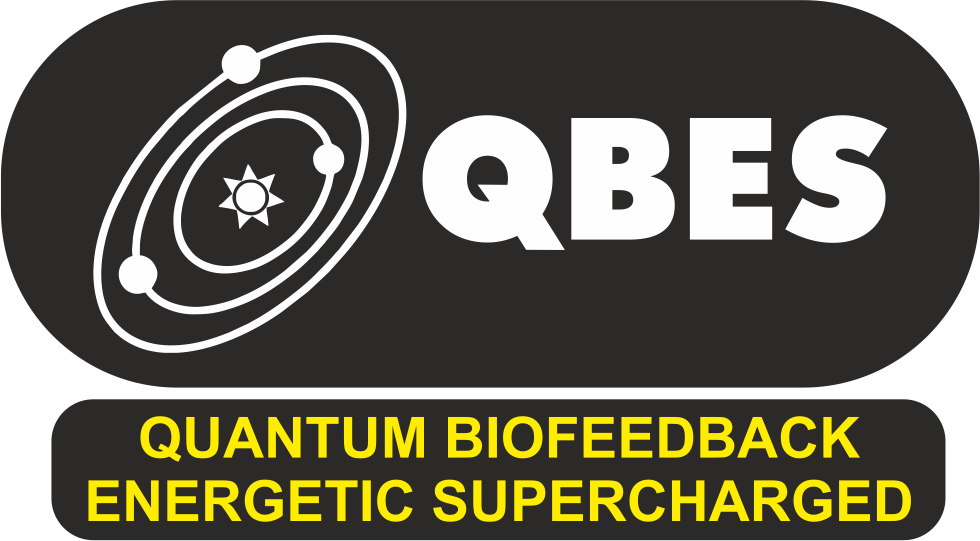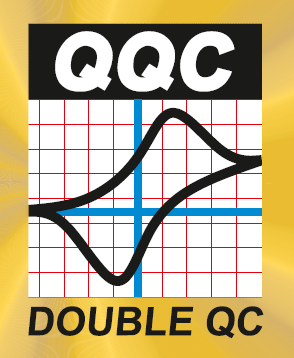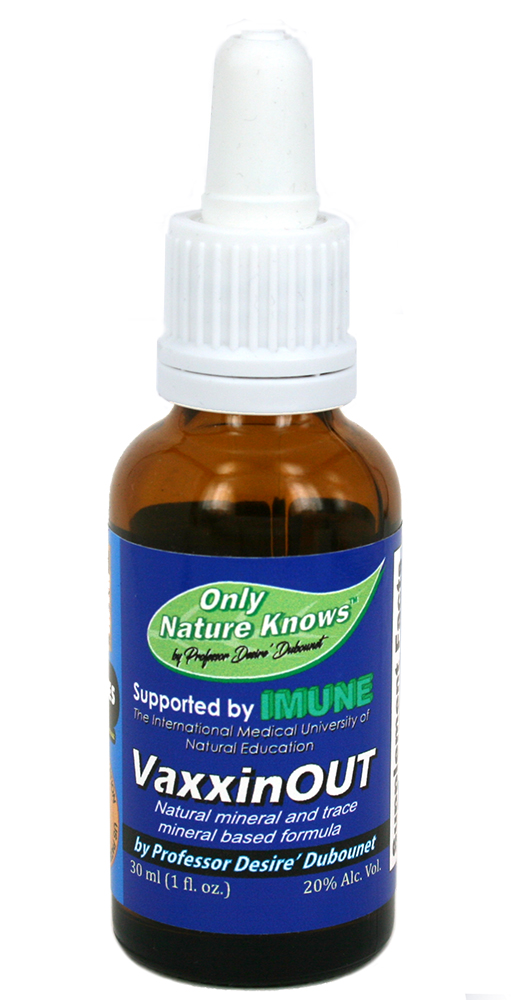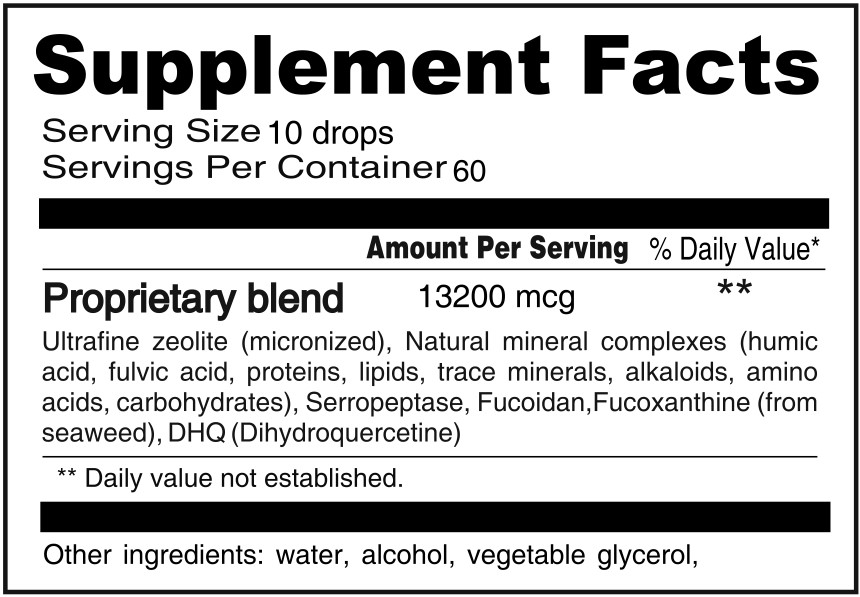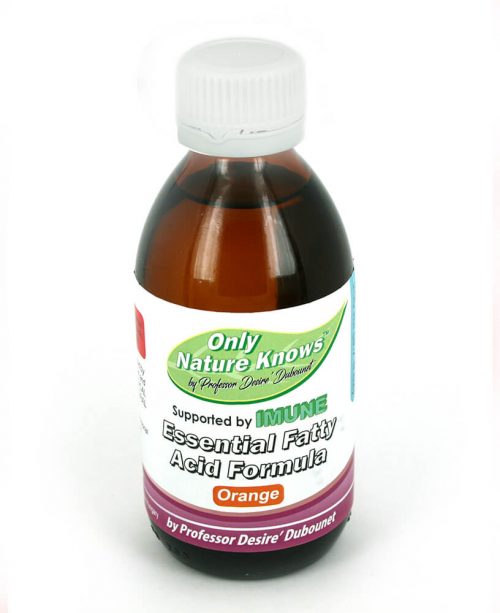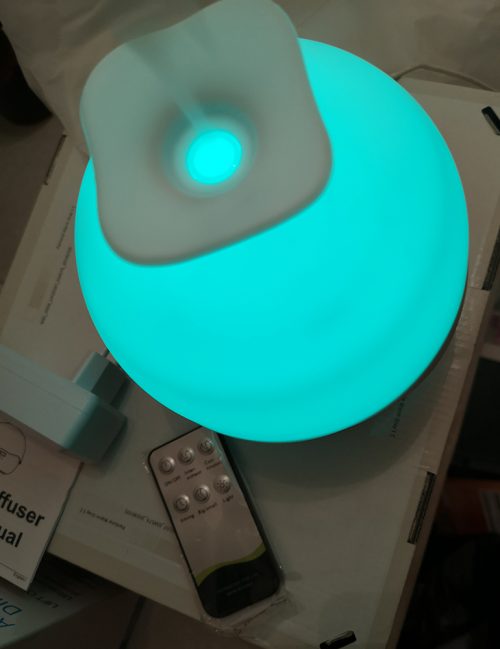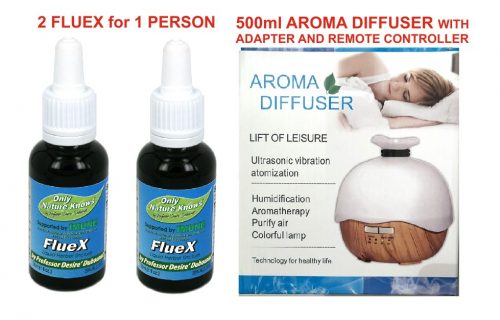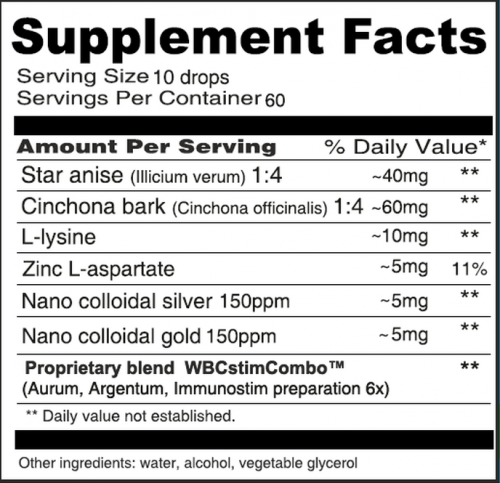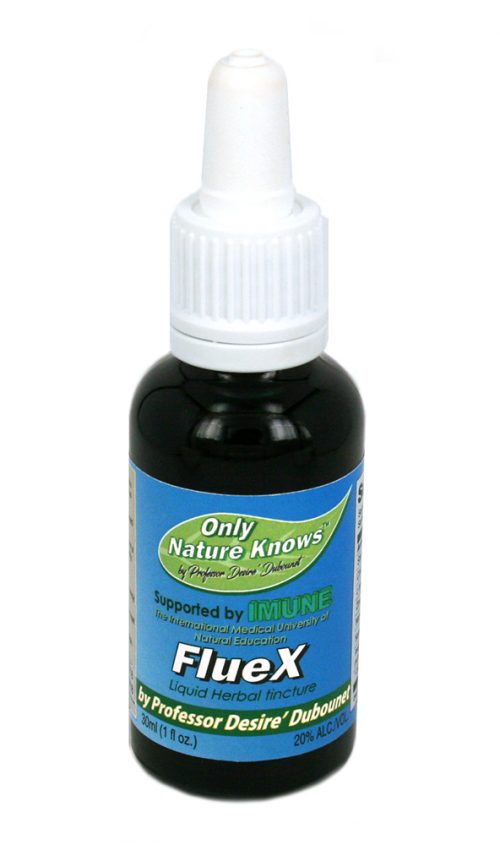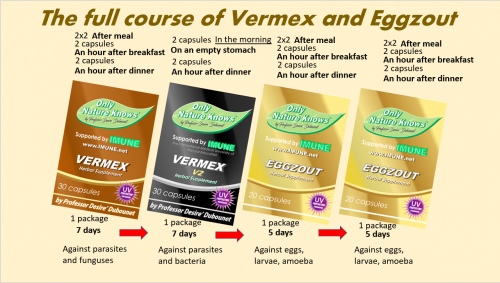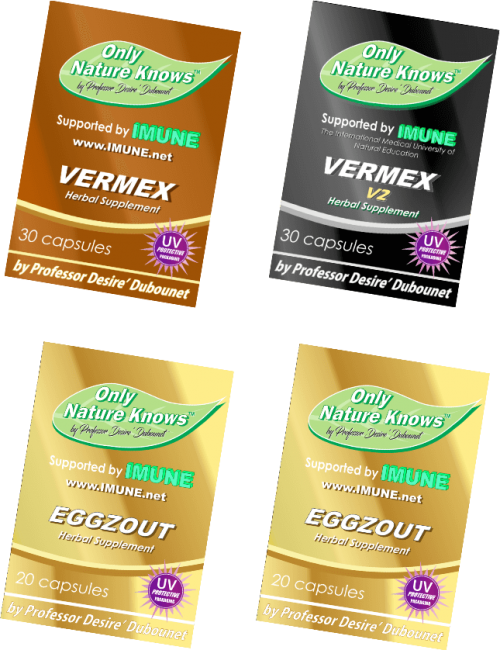Description
Fucoidan – is a polysaccharide our high purity fucoidan derived from Laminaria japonica brown seaweed. Bioactivities associated with fucoidan include anti-oxidant, anti-tumor, anti-coagulant, anti-thrombotic, immunoregulatory, anti-viral and anti-inflammatory effects.
Anti-coagulant properties of fucoidan meaning fucoidan prevents blood clots from forming, which can help to prevent strokes, heart attacks, and other life-threatening conditions.
Fucoidan has been found to have anti-coagulant effects by inhibiting the activity of blood coagulation factors, such as thrombin and factor Xa. This makes fucoidan a potential alternative to traditional anticoagulant drugs, such as warfarin, which can have serious side effects and require close monitoring.
In addition to its anti-coagulant properties, fucoidan has also been shown to have anti-inflammatory and antioxidant effects, which can further contribute to its potential therapeutic benefits.
Fucoidan shown antimutagenic activities against aflatoxin and MNNG and cancer cell growth inhibition.
References:
Luthuli, S.; Wu, S.; Cheng, Y.; Zheng, X.; Wu, M.; Tong, H. Therapeutic Effects of Fucoidan: A Review on Recent Studies. Mar. Drugs 2019, 17, 487. https://doi.org/10.3390/md17090487
Cho, Eun-Ju Rhee, Sook-Hee Park, Kun-Young Antimutagenic and Cancer Cell Growth Inhibitory Effects of Seaweeds Published : 1997.12.01 https://koreascience.kr/article/JAKO199711920125131.page
Hui Zhang, Yibo Tang, Ying Zhang, Shuofeng Zhang, Jing Qu, Xu Wang, Ran Kong, Chunchao Han and Zhenquan Liu
Fucoxanthin: A Promising Medicinal and Nutritional Ingredient Volume 2015 | Article ID 723515 | https://doi.org/10.1155/2015/723515
Fucoxanthin
Suppresses cancer cell growth
Anti-inflammatory
Cardiovascular and cerebrovascular -protective effects
Martin, L.J. Fucoxanthin and Its Metabolite Fucoxanthinol in Cancer Prevention and Treatment. Mar. Drugs 2015, 13, 4784-4798.
https://doi.org/10.3390/md13084784
Minkyung Bae, Mi-Bo Kim, Young-Ki Park, Ji-Young Lee, Health benefits of fucoxanthin in the prevention of chronic diseases, Biochimica et Biophysica Acta (BBA) – Molecular and Cell Biology of Lipids, Volume 1865, Issue 11, 2020, 158618, ISSN 1388-1981, https://doi.org/10.1016/j.bbalip.2020.158618
Hui Zhang, Yibo Tang, Ying Zhang, Shuofeng Zhang, Jing Qu, Xu Wang, Ran Kong, Chunchao Han, Zhenquan Liu, “Fucoxanthin: A Promising Medicinal and Nutritional Ingredient”, Evidence-Based Complementary and Alternative Medicine, vol. 2015, Article ID 723515, 10 pages, 2015. https://doi.org/10.1155/2015/723515
Dihydroquercetine (DHQ) or Taxifolin (from Larix sibirica) is a flavonoid that is found in various plants, including the leaves and bark of the Dahurian larch tree.
Studies have shown that taxifolin has several health-promoting effects, including:
Antioxidant: Taxifolin has been shown to have strong antioxidant properties, which can help to prevent oxidative damage to cells and tissues and reduce the risk of certain diseases.
Anti-inflammatory: Taxifolin has been found to have anti-inflammatory effects, which can help to treat various conditions, such as rheumatoid arthritis and cardiovascular disease. The study found that treatment with taxifolin resulted in a significant reduction in markers of inflammation, such as tumor necrosis factor-α and interleukin-1β. These results suggest that taxifolin may have potential as a treatment for rheumatoid arthritis and other diseases associated with inflammation.
Cardioprotective: Taxifolin has been found to have cardioprotective effects, potentially helping to prevent heart disease by improving blood flow and reducing oxidative stress. taxifolin was effective in improving blood flow and reducing oxidative stress in rats with ischemia-reperfusion injury. The study found that treatment with taxifolin resulted in a significant improvement in blood flow and a reduction in oxidative stress markers, such as malondialdehyde and superoxide dismutase activity. These results suggest that taxifolin may have potential as a treatment for cardiovascular disease and other diseases associated with oxidative stress and blood flow issues.
Neuroprotective: Taxifolin has been shown to have neuroprotective properties, potentially helping to protect the brain from damage and improving cognitive function. Neurodegenerative diseases, such as Alzheimer’s disease and Parkinson’s disease, are a major public health concern. Neuroprotective drugs are commonly used to treat these diseases, but they can have serious side effects. Taxifolin has been shown to have neuroprotective properties, making it a potential alternative to traditional neuroprotective drugs. Taxifolin was effective in reducing oxidative stress and improving cognitive function in rats with scopolamine-induced memory impairment. The study found that treatment with taxifolin resulted in a significant reduction in oxidative stress markers, such as malondialdehyde, and an improvement in cognitive function, as measured by the Morris water maze test. These results suggest that taxifolin may have potential as a treatment for neurodegenerative
Anti-cancer: Taxifolin has been found to have anti-cancer properties
Christudas Sunil, Baojun Xu, An insight into the health-promoting effects of taxifolin (dihydroquercetin), Phytochemistry, Volume 166, 2019, 112066, ISSN 0031-9422, https://doi.org/10.1016/j.phytochem.2019.112066.
Zeolite Clinoptilolite –
the detoxifying effects of zeolite clinoptilolite (ZC) and modified ZC in various animal and clinical studies. The ZC has been observed to reduce the accumulation of lead in the intestine of lead poisoned mice, restore cholinesterase activity in rats intoxicated with organophosphates, and improve physical fitness and efficiency of farm animals by removing harmful substances from the body. It also has a positive effect on farmed poultry, balancing the total intestinal microbial flora, reducing toxic effects of aflatoxins and increasing antioxidant activity. A clinical study also found that supplementation with PMA-ZC improved the integrity of the intestinal barrier in endurance-trained subjects and reduced the concentrations of zonulin, a marker of increased intestinal permeability.
the detoxifying effects of zeolite clinoptilolite (ZC) and modified ZC. Animal and clinical studies have shown that ZC has the ability to reduce the accumulation of lead in the intestine of lead poisoned mice, restore cholinesterase activity in rats intoxicated with organophosphates, improve physical fitness and efficiency of farm animals by removing harmful substances from the body, and have a positive effect on farmed poultry by balancing the total intestinal microbial flora and reducing toxic effects of aflatoxins. A clinical study found that PMA-ZC improved the integrity of the intestinal barrier in endurance-trained subjects and reduced the concentrations of zonulin, a marker of increased intestinal permeability.
Gut – Brain axis – Microbiome
Zeolite Clinoptilolite (ZC) may have a potential impact on the brain through the gut-brain axis. The exact mechanism of ZC on the brain is still unknown, but some studies suggest that it can reduce stress and improve sleep, as well as positively affect the brain through its gut-protective properties. Some studies have also shown the potential of ZC in protecting against oxidative stress and plaque burden in Alzheimer’s disease, but more extensive research is needed to establish its role as a treatment.
Zeolite (ZC) is a natural mineral with physical-chemical properties that make it suitable for absorbing and exchanging ions, improving its therapeutic potential. This exceptional ion-exchange capacity and surface area can be improved through micronization processes, in particular tribomechanical micronization (TMAZ) and PMA-ZC. ZC is used for environmental decontamination, oral supplementation for humans, and purifying water for livestock. PMA-ZC can also improve the gut microbiome and have a detoxifying, anti-inflammatory and antioxidant effect in the intestine, potentially improving overall health and wellbeing. Despite some promising results, more research is needed to understand the molecular mechanisms and potential risks of ZC. Preclinical research aims to find a food supplement that can be combined with traditional pharmacological treatment, with evidence suggesting a detoxifying role in removing toxic metabolites produced by drugs.
Mastinu, A.; Kumar, A.; Maccarinelli, G.; Bonini, S.A.; Premoli, M.; Aria, F.; Gianoncelli, A.; Memo, M. Zeolite Clinoptilolite: Therapeutic Virtues of an Ancient Mineral. Molecules 2019, 24, 1517. https://doi.org/10.3390/molecules24081517
Kraljević Pavelić Sandra, Simović Medica Jasmina, Gumbarević Darko, Filošević Ana, Pržulj Nataša, Pavelić Krešimir “Critical Review on Zeolite Clinoptilolite Safety and Medical Applications in vivo”, Frontiers in Pharmacology, vol. 9, 2018, ISSN 1663-9812 https://doi.org/10.3389/fphar.2018.01350
Serrapeptase
Serratiapeptidase proteolytic enzymes have a strong target binding and specificity, making them useful in the treatment of infections, inflammation, and fibrotic disorders. Serrapeptase fibrinolytic activity is coupled with multiple properties, including proteolytic, caseinolytic, antifibrotic, anti-inflammatory, antiatherosclerotic, and antioxidant activity, suggests its potential benefits in reducing the severity of vascular complications involving thrombosis or coagulopathy. Serrapeptase shown ability to suppress growth factors, particularly TGF-β along with inhibiting oxidative stress and expression of pro-inflammatory cytokines, chemokines, adhesion molecules potential treatment for lung fibrosis (followed by severe inflammatory conditions)
Sharma Charu, Jha Niraj Kumar, Meeran M. F. Nagoor, Patil Chandragouda R., Goyal Sameer N., Ojha Shreesh, “Serratiopeptidase, A Serine Protease Anti-Inflammatory, Fibrinolytic, and Mucolytic Drug, Can Be a Useful Adjuvant for Management in COVID-19”, Frontiers in Pharmacology, vol.12; 2021; ISSN 1663-9812, https://doi.org/10.3389/fphar.2021.603997
Dinesh Kumar, Diksha Verma, Vikrant Abbot, A review on pharmaceutical, pharmacological and chemical aspects of serratiopeptidase as anti-inflammatory agent,
Materials Today: Proceedings, 2023, ISSN 2214-7853, https://doi.org/10.1016/j.matpr.2023.01.256.
Ethiraj, S., Gopinath, S. Production, purification, characterization, immobilization, and application of Serrapeptase: a review. Front. Biol. 12, 333–348 (2017). https://doi.org/10.1007/s11515-017-1461-3
Heavy metal chelation – Humuc acid, fulvic acid, mineral combination from natural sources
Humic acid, a natural organic substance found in soil and water, is known for its chelating properties. Chelating agents are substances that can bind with metal ions and form complex molecules, and they have been widely studied for their potential benefits for human health. Polyanionic compounds like humic acid shown anti-thrombotic properties. Humic acid was suppress the formation of fibrin monomers from fibrinogen through inhibition of thrombin, a coagulation enzyme.
Vašková, J., Vaško, L., Mudroň, P. et al. Effect of humic acids on lead poisoning in bones and on a subcellular level in mitochondria. Environ Sci Pollut Res 27, 40679–40689 (2020). https://doi.org/10.1007/s11356-020-10075-w
Klocking HP, Hoffmann A, Fareed J. Influence of hyper sulfatedlactobionic acid amides on tissue plasminogen activator release. In: Seminars in thrombosis and hemostasis, Thieme Medical Publishers, Inc; 1991;17:379-84. https://doi.org/10.1055/s-2007-1002639
Socol David C., Clinical review of humic acid as an antiviral: Leadup to translational applications in clinical humeomics, Frontiers in Pharmacology, 13, 2023
1663-9812, https://doi.org/10.3389/fphar.2022.1018904
Klocking, R. “Humic substances as potential therapeutics.” Humic Substances in the Global Environment and Implications on Human Health. Elsevier, Amsterdam (1994): 1245-1257.
